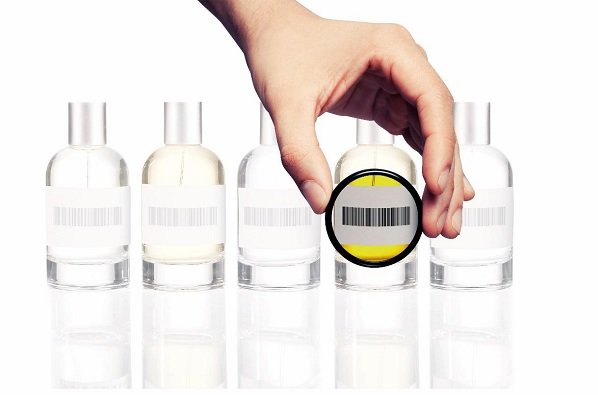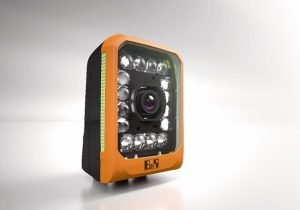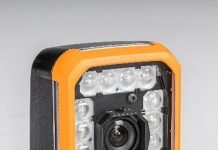
Packaging is one of the sectors where the innovation of new products and technology plays a visible and important role. Every product pack has a uniqueness while new add on features attract more consumers. The industry is always looking for insights and trends for its growth.
Consumer product companies are competitive and so is their packaging which not only requires integrity for the preservation of their brand but also information about distribution and customers. Thus, the increasing focus on brand security and the track and trace of packaging. Information adds a new dimension to help maintain its footprint in the market and optimized data helps in understanding the market variations.
The packaging market will continue to thrive in its authenticity and variability which makes this sector unique and competitive. Both primary and secondary packaging are important in grabbing market share. The major challenges are minimizing defects to improve quality, which ultimately leads to less product recalls due to minor issues. Most packaging industry OEMs are now tech-savvy and acknowledge that technology can fill the gaps in growth and are keen to shed age-old techniques and transfer to more controlled approaches.
Packaging machine OEMs are experimenting with future technology requirement demands in the market that has steadily shifted – new functions are being added all the time. And with the requirements for efficiency and quality higher than ever, the packaging industry is now focused on scalable, high-performance automation solutions.
Market footprint with technology
A go-to-market product represents the brand, and any specification mismatch creates setbacks for the manufacturer or the company. Vigilant and conscious OEMs and end-users know that packaging represents the face of the brand and strengthens the impact of product variants while maintaining their authenticity and shelf life.
The packaging plants run 24×7 – every microsecond a product passes through a quality check before getting transferred to the warehouse for market distribution. A quality check of each product is necessary by the manufacturer, thus tracking and tracing an item helps to understand consumer needs and provides secure market stability. The main idea is to monitor the journey of products from their source (production facility) to their destination (consumer) and collect the necessary information.
New regulatory requirements for life-critical or food products require great scrutiny. Technical evolution here will upscale market growth and raise the brand protection and security component across the packaging industry in the next five years, according to research estimates.
Constant product, packaging, and design development aim to bring the best to market. Consumers too are quite intelligent and demanding – especially regarding environment-friendly packaging. The market is so volatile that the industry is constantly analyzing it to get the best results. Current growth is attributed to massive demand from the eCommerce, transport and shipping, food and beverage, personal care, household care, and healthcare segments for convenience-based packaging. Data is generated, analyzed and preserved to understand competitive market fluctuations and product security.
Secondary packaging in a controlled area for final products is where security is maintained with labels for logistics and track and trace before products reach the market. With the help of vision technology, bar codes on labels are scanned and information is collected about each individual product. Track and trace determine a product’s current and past locations. When correctly implemented, the product can be tracked throughout the supply chain and traced back in the case of return or recall.
Innovation at its best – Vision technology
The product label is the first contact point with consumers. A memorable product label becomes familiar to consumers – a market bond between the manufacturer and consumer. A label helps a consumer differentiate the product from other items, especially when placed between competitive options. This serves the first purpose of brand competition.

Photo: B&R Automation
In manufacturing, there are many innovations but what serves the purpose and makes production easier without losing any time makes a perfect match. Tracing and tracking require a good vision portfolio of products that scrutinizes and rejects the faulty product before reaching the consumer’s hand. B&R’s integrated machine vision portfolio now includes a Smart Camera that combines multiple machine vision functions in real-time. This makes it easy to implement sequences of process-controlled functions that would be costly and time-consuming to achieve with conventional smart cameras.
On a machine producing multiple variants of a product simultaneously, for example, the Smart Camera only needs to capture one image to determine which variant it is looking at and check the printed label and this function provides the feedback needed for the subsequent function. Since the process variables of the machine controller are seamlessly integrated into these processes, decisions can be made in real-time. Sequences of image processing functions can be extended almost indefinitely.
B&R’s Smart Camera has the same hardware options as its Smart Sensor. The out of the box solution with various integrated lenses and housing variants with a standard C mount is also available. Other options include integrated lighting, FPGA image preprocessing and image sensors from 1.3 to 5.3 megapixels. This machine vision solution integrates directly into the machine controller and network. It features a powerful lighting capability, and no separate vision system is required. The result is a simplified implementation that allows any automation engineer to develop a large portion of machine vision applications on their own, with sub-microsecond synchronization for increased machine performance and flexibility.
The smart track and trace of products are provided by high-end technology and an easily implemented vision system on the shop floor. It makes life easy and performs an important role in helping a brand in rejecting defective products that can be missed by a normal human eye. The B&R Smart Camera acts as a third eye in the secondary packaging process.










